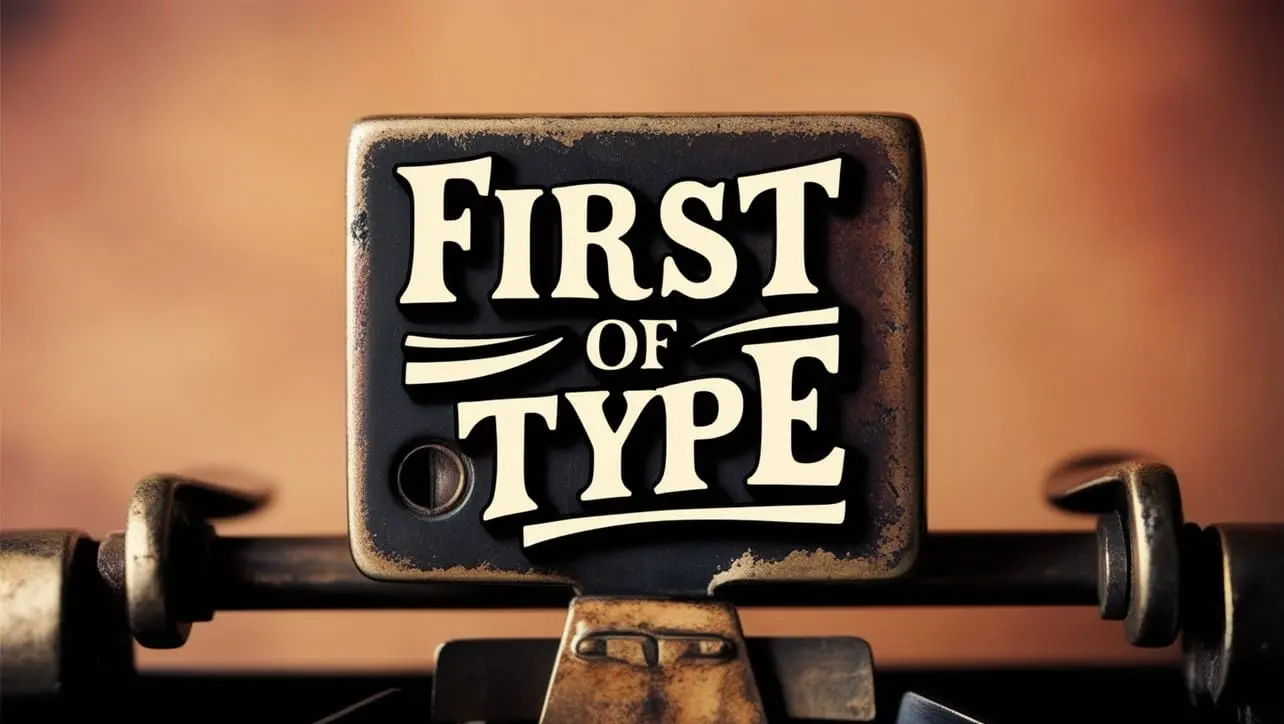
CSS Topics
- CSS Intro
- CSS How To
- CSS Editors
- CSS Properties
- CSS Selectors
- .class
- .class1.class2
- .class1 .class2
- #id
- * (all)
- element
- element.class
- element,element
- element element
- element>element
- element+element
- element1~element2
- [attribute]
- [attribute=value]
- [attribute~=value]
- [attribute|=value]
- [attribute^=value]
- [attribute$=value]
- [attribute*=value]
- :active
- ::after
- ::before
- :checked
- :default
- :disabled
- :empty
- :enabled
- :first-child
- ::first-letter
- ::first-line
- :first-of-type
- :focus
- :fullscreen
- :has()
- :hover
- :in-range
- :indeterminate
- :invalid
- :lang()
- :last-child
- :last-of-type
- :link
- ::marker
- :not()
- :nth-child()
- :nth-last-child()
- :nth-last-of-type()
- :nth-of-type()
- :only-of-type
- :only-child
- :optional
- :out-of-range
- ::placeholder
- :read-only
- :read-write
- :required
- :root
- ::selection
- :target
- :valid
- :visited
- CSS Comments
- CSS Length
- CSS Image Sprites
- CSS Grid Layout
- CSS Grid Flexbox
- CSS @charset Rule
- CSS @font-face Rule
- CSS @import Rule
- CSS @keyframes Rule
- CSS @media Rule
CSS :first-of-type Selector

Photo Credit to CodeToFun
🙋 Introduction
The :first-of-type selector in CSS is a structural pseudo-class used to target the first element of its type within its parent.
It allows you to apply styles to the first occurrence of a specified type of element, making it useful when designing consistent layouts or emphasizing specific elements.
💡 Syntax
The signature of the :first-of-type Selector is as follows:
element:first-of-type {
/* CSS properties */
}element: This represents any valid HTML element you want to target (e.g.,p,div,li).- The
:first-of-typepseudo-class applies styles to the first instance of the specified element type within its parent.
📝 Example
Let’s look at a practical example of how the :first-of-type selector works.
☠️ HTML
<!DOCTYPE html>
<html lang="en">
<head>
<meta charset="UTF-8">
<meta name="viewport" content="width=device-width, initial-scale=1.0">
<title>CSS :first-of-type Selector Example</title>
<link rel="stylesheet" href="styles.css">
</head>
<body>
<div class="container">
<h2>Article Section</h2>
<p>This is the first paragraph in the section.</p>
<p>This is the second paragraph in the section.</p>
<p>This is the third paragraph in the section.</p>
</div>
</body>
</html>🎨 CSS
/* Apply a unique style to the first paragraph within its parent */
p:first-of-type {
font-weight: bold;
color: blue;
}In this example, the :first-of-type selector is used to make the first <p> element inside its parent <div> bold and blue, while the other paragraphs remain unaffected.
💬 Usage Tips
- The
:first-of-typeselector is element-specific. For instance,p:first-of-typewill only target the first<p>element, not the first element of any other type. - Use
:first-of-typewhen you want to apply styles to the first instance of a particular type of element within its parent, regardless of other element types.
📝 Example: Multiple Elements
Here’s an example with multiple types of elements:
☠️ HTML
<div class="list-section">
<ul>
<li>First item</li>
<li>Second item</li>
<li>Third item</li>
</ul>
<ul>
<li>Another first item</li>
<li>Another second item</li>
<li>Another third item</li>
</ul>
</div>🎨 CSS
/* Style the first list item in each */
ul li:first-of-type {
color: red;
}
This CSS will style the first <li> element of each <ul> in red.
⚠️ Common Pitfalls
- The
:first-of-typeselector is based on the element's type, not the order of appearance. If the first child in a parent is of a different type, it will not be selected. - Be careful when using
:first-of-typewith nested elements. If you are targeting a deeply nested structure, it might not behave as expected due to how CSS matches elements.
🎉 Conclusion
The :first-of-type selector is a versatile pseudo-class in CSS, allowing developers to target the first occurrence of a specific element type within its parent. Whether you’re designing a dynamic layout or emphasizing specific sections, this selector can simplify your CSS and make styling more efficient. By understanding its nuances, you can use it effectively to create more polished and consistent designs.
👨💻 Join our Community:
Author

For over eight years, I worked as a full-stack web developer. Now, I have chosen my profession as a full-time blogger at codetofun.com.
Buy me a coffee to make codetofun.com free for everyone.
Buy me a Coffee












If you have any doubts regarding this article (CSS :first-of-type Selector), please comment here. I will help you immediately.